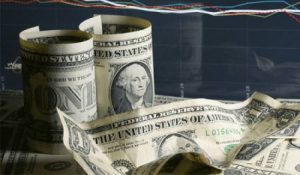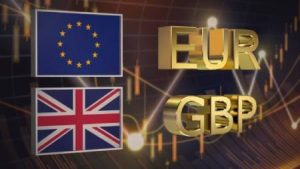The Pound Sterling rises during the mid-North American session on Friday, trading at 1.2617, gaining 0.14% at the time of writing. Economic data from the United States (US) briefly capped the upside, but a stronger-than-expected UK retail sales report bolstered the GBP/USD pair for the second straight day. The January US Producer Price Index (PPI) surged 0.9% YoY, above forecasts. The Core PPI surprisingly jumped, smashing estimates of 1.6%, and rose 2%, above last month’s 1.8% advance. At the same time, the Building Permits tumbled -1.5% while Housing Starts plummeted -14.8%, dropping from 1.562M to 1.331M.
Recently, US Consumer Sentiment improved from 79.0 to 79.5 in February, according to a University of Michigan (UoM) poll. Americans grew confident that inflation is trending lower, as expectations for one year ticked to 3%. For a five-year period, estimates remained unchanged at 2.9%. The data sponsored a leg-up in US Treasury yields, but the Greenback gave back some of its gains late in the session, as shown by the US Dollar Index (DXY). The DXY, which tracks the performance of the USD versus other currencies, drops 0.10%, at 104.17. Federal Reserve speakers crossed the wires. Atlanta’s Fed President Raphael Bostic (voter) said that he needs more data to convince him that inflationary pressures are easing while keeping the door open to slash rates at some point. Lately, San Francisco’s Fed President Mary Daly stated the Fed needs to be patient on inflation and emphasized that “there is more work to do.”
Swaps market traders continued to price a less dovish Fed. Data from the Chicago Board of Trade (CBOT) shows traders expect 98 basis points of rate cuts toward the end of the year. Aside from this, retail sales in the UK skyrocketed, rising 3.4% from December, the most in three years, more than doubling the 1.5% consensus. However, Thursday’s GDP report suggests the economy tipped into a recession in the second half of 2023 due to higher interest rates set by the Bank of England (BoE). Wednesday’s inflation report, although dropping, remained steady, pushing back against rate cut expectations. Money market futures data sees the BoE cutting rates by 75 bps by the end of 2024. The GBP/USD seems to have bottomed at around the 200-day moving average (DMA), which lies at 1.2562 but has bounced off that level twice. Even though this could be viewed as bullish, the next resistance sits at the 50-DMA at 1.2671, before the pair could challenge 1.2700. On the other hand, if sellers step in and push prices back to the 1.25 handle, expect a re-test of the 200-DMA, followed by the current week’s low of 1.2535 ahead of 1.2500.




